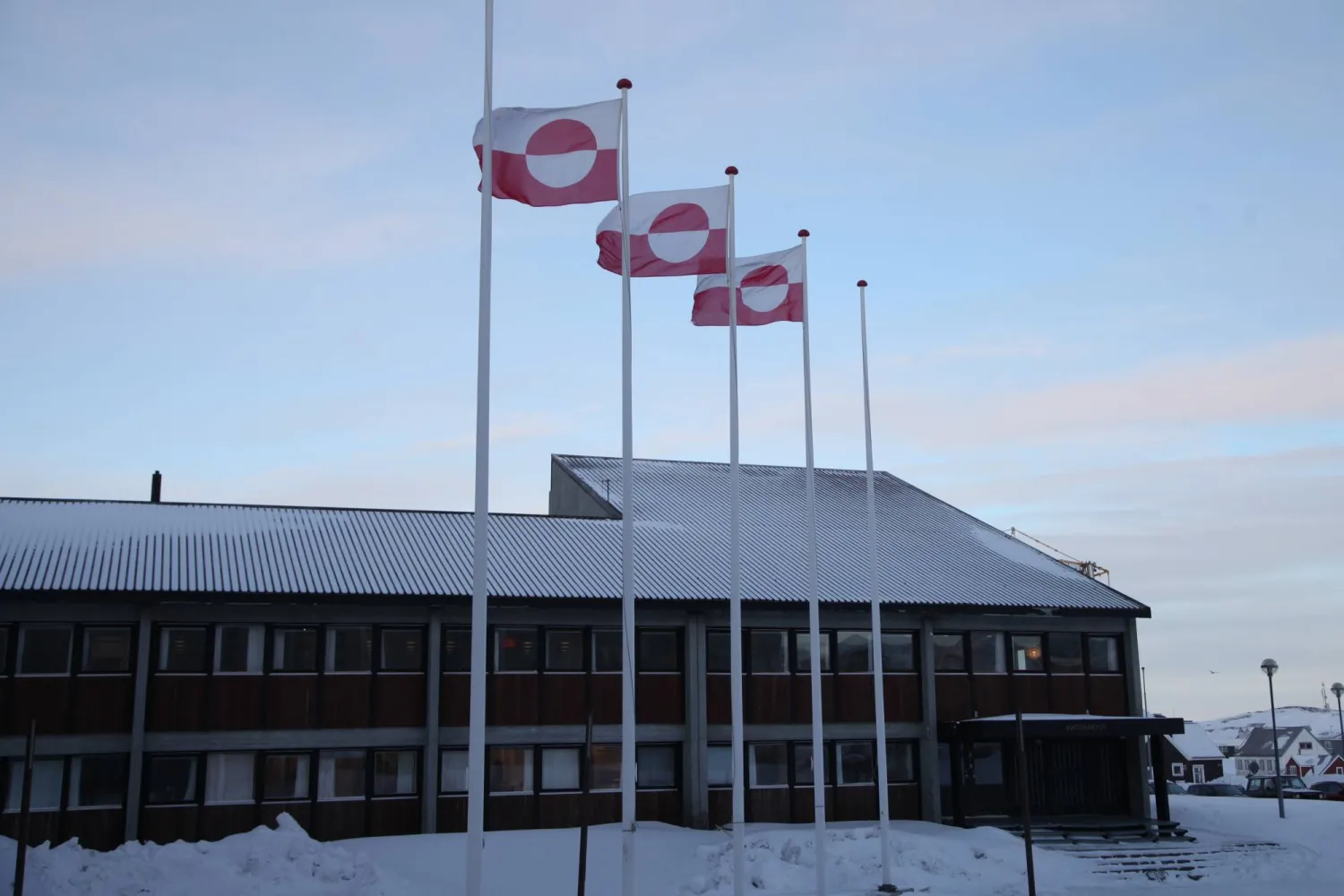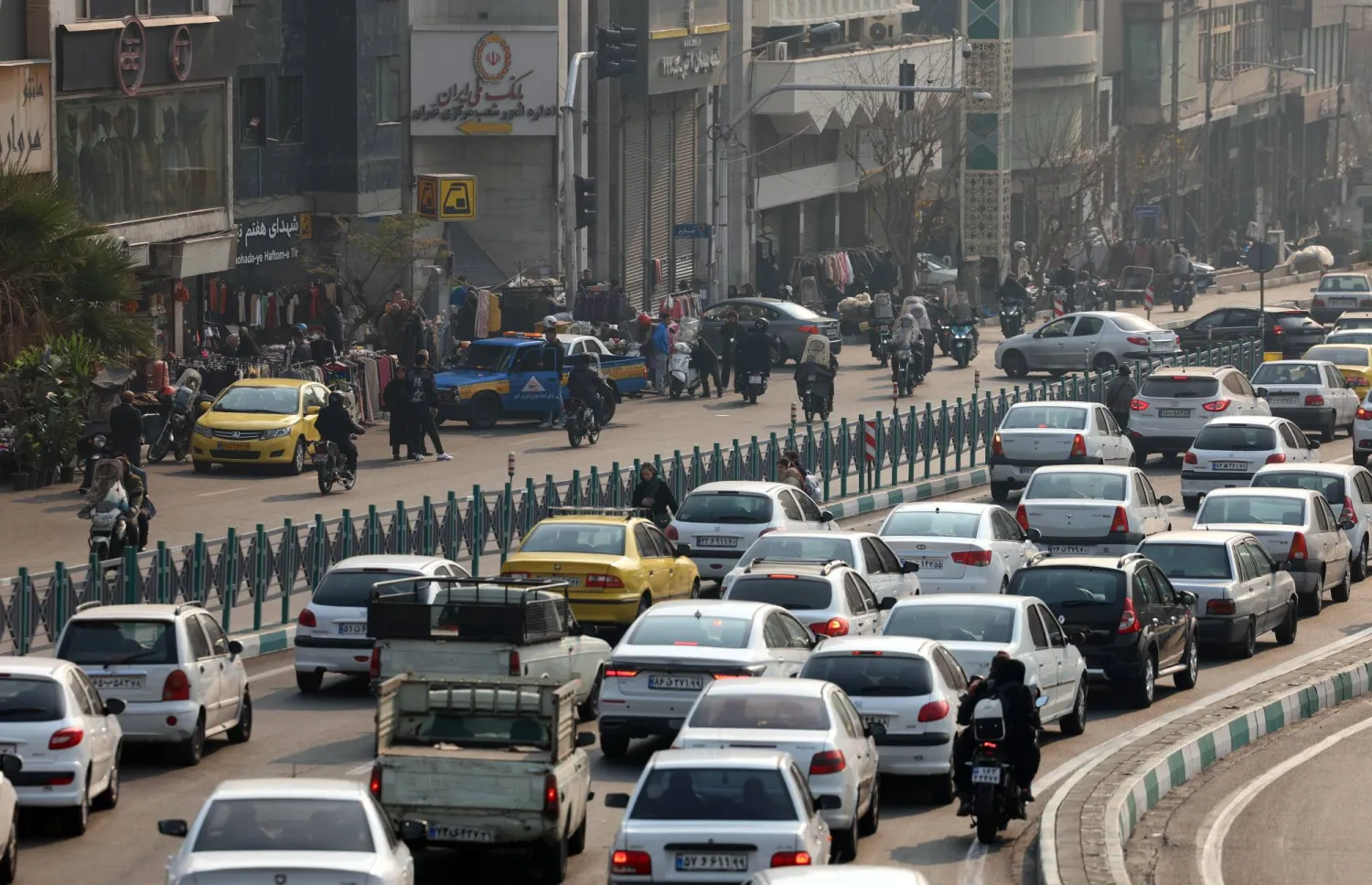In this seventh and final episode of excerpts from the new book of former Arab League Secretary General Amr Moussa, “The Years of the Arab League,” which will soon be published by Dar Al-Shorouk, we continue Moussa’s narration of the events of the Libyan revolution that erupted in February 2011, for which two chapters are devoted.
This episode focuses on the Arab mandate to protect Libyan civilians. Moussa recounts how the Arabs were deceived by a number of Western countries.
He explains that he told all parties in Paris that the Security Council resolution aimed to protect Libyan civilians, not to invade or occupy Libya, and that he condemned the coalition attack on Libyan targets, saying: “Instead of protecting civilians, it caused victims.”
Concerns that some forces will exploit the air embargo on Libya topped discussions during the emergency meeting of the Council of Arab Foreign Ministers on March 12, 2011, Moussa says.
“Whoever reviews the text of Paragraph 1 after the preamble in the decision issued by that meeting will find it stating: To request the Security Council to assume its responsibilities regarding the deteriorating situation in Libya, to take measures to impose an immediate no-fly zone on the movement of Libyan military aircrafts, and to establish safe areas in places subjected to bombing, as preventive measures that allow protection for the Libyan people and residents of Libya of various nationalities, with taking into account the sovereignty and territorial integrity of the neighboring countries.”
Moussa adds that no Arab country objected to the expression, “as a preventive measure.”
“I said that this expression would control the wording and reassure public opinion. We are not only dealing with the Security Council or with the Libyan authorities, but with the public opinion as well; so matters must be clear.”
He continues: “We explained this Arab concept of a flight ban on Libya to the Security Council and the Western powers, who stressed their understanding of it. But the truth is that we were deceived… As soon as the decision was issued, they hit sites in Libya, which led to casualties among civilians. They targeted the country’s air defense systems, which also provoked Russia, as the systems were Russian. The Russians in general had significant objections to hitting ground targets in Libya.”
Moussa notes that it later became clear that the US had a list of Libyan targets that it insisted on striking. The US considered the air embargo to be a symbolic step, and that UN support for more robust military action should be provided if necessary.
Security Council Resolution 1973
Moussa recounts that in response to the ongoing threats against civilians committed by Moammar Gaddafi, the Security Council convened to discuss a draft resolution submitted by Britain, France, Lebanon (the Council’s Arab member) and the US to impose a no-fly zone on Libyan territory to protect civilians. The first session was held on March 15, followed by another the next day.
“But due to a split in the Council on the draft, both sessions ended with no agreement,” he says.
Finally, the Security Council, in Resolution 1973, affirmed the responsibility of the Libyan authorities to protect the Libyan people and condemned the gross and systematic violations of human rights. The Council authorized member states to take “all necessary measures” to protect civilians and areas with civilian populations at risk of attacks, including Benghazi, while excluding any foreign occupation force of any form and on any part of Libyan territory.
Moussa says that the expression, “taking all necessary measures to protect civilians” was exploited by a number of countries with interests in Libya.
The Paris Meeting
The Arab League secretary-general recounts that French President Nicolas Sarkozy was one of the strongest advocates of the military option in striking Gaddafi’s forces, under the pretext of protecting civilians, as the following days have proven.
“On March 10, 2011, Paris was the first capital to recognize the National Transitional Council (NTC), which was formed by the rebel leaders in Benghazi on Feb. 27, as the sole and legitimate representative of the Libyan people…
Sarkozy organized a meeting in Paris on March 19, 2011, in the presence of prominent international figures, including: United Nations Secretary-General Ban Ki-moon, European Union Foreign Policy chief Catherine Ashton, Spanish Prime Minister Jose Luis Zapatero, and German Chancellor Angela Merkel, Qatari Prime Minister Sheikh Hamad bin Jassim, British Prime Minister David Cameron, Emirati Foreign Minister Abdullah bin Zayed, US Secretary of State Hillary Clinton, Jordanian Foreign Minister Nasser Judeh, Moroccan Foreign Minister Taieb Fassi El-Fihri, and Hoshyar Zebari, Minister of Foreign Affairs of Iraq, as well as others.”
Moussa says he thought about boycotting the meeting over his doubts about the intentions of western countries, especially France. But he adds that former Jordanian Minister of Foreign Affairs, who had been appointed as the representative of the UN in Libya as of March 7, 2011, insisted that he attend the talks.
“Sarkozy addressed the conference, saying: “The French Air Force will oppose any attack by Gaddafi’s planes against the residents of Benghazi. Indeed, our planes prevent airstrikes on this city. There are other French aircraft ready to intervene against armored vehicles that threaten unarmed civilians... Today, we are operating in Libya under the mandate of the Security Council with our partners, including our Arab partners. We are doing this in order to protect the civilian population from the madness of the murderous regime, which lost its full legitimacy by killing its own people... We intervene to allow the Libyan people to determine their fate.””
Moussa continues: “Sarkozy’s speech provoked me to the greatest extent. Because he openly spoke about circumventing the air embargo on Gaddafi’s forces, which was approved by Security Council Resolution 1973… and of his air force’s readiness to strike Gaddafi’s forces on the ground…”
The Arab League secretary-general says that in his address to the meeting, he reiterated that the purpose of the aforementioned Security Council resolution was to protect Libyan civilians only, and that the resolution did not give any party legitimacy to invade or occupy Libya.
“It was clear that I was filled with anger… Hamad bin Jassim told me: “The issue is over, brother Amr,”” Moussa recounts.
“My suspicion soon proved to be true… The civilian issue was a Trojan horse to overthrow Gaddafi. On the same day of the Paris meeting, before I arrived in Cairo back from the French capital, French warplanes began bombing Libyan defensive ground sites. After following up on this news about the military action on the Libyan lands, I knew once again that we were deceived, and that what was actually taking place in warfare went beyond Security Council Resolution 1973, which provides only for a no-fly zone on Libyan territory to prevent Gaddafi from striking civilians who are opposed to him.”
With a special agreement with Dar El-Shorouk. All rights reserved









